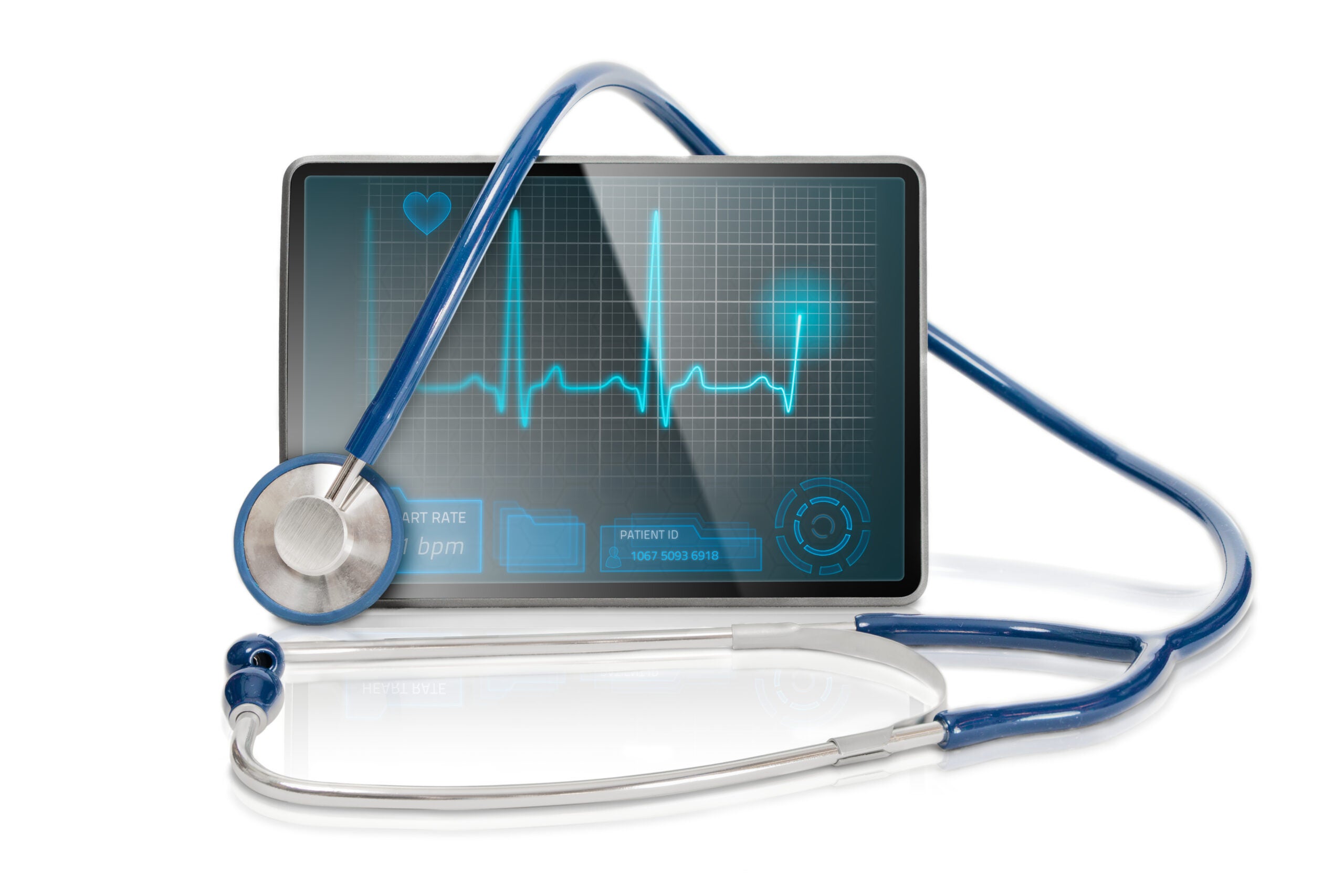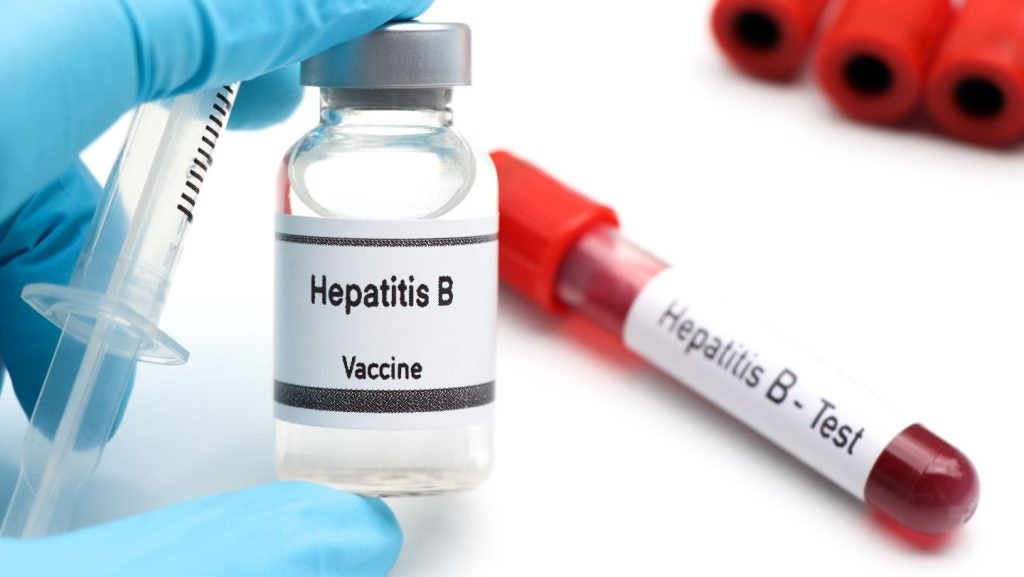
As Arena International’s Outsourcing in Clinical Trials West Coast conference gets underway this week in Burlingame, California, Clinical Trials Arena will shine a spotlight on clinical technology. This is especially pertinent as OCT West Coast will feature a new ‘Clinical Trial Technology and Innovation’ track. Therefore, throughout the week, CTA will feature articles uncovering the most pressing issues concerning the adoption of new technology.
Be sure to visit CTA later today when Anca Copaescu of Strategikon Pharma is interviewed by CTA Editor Henry Kerali about a new technological platform that streamlines the outsourcing process. On Tuesday, there’s a feature from Bristol-Myers Squibb’s Rehbar Tayyabkhan, who explores how evolving clinical technologies could blur the lines of classic operational structures.
Later in the week, Rene Stephens looks at the role of niche technology vendors in the clinical trial space. Meanwhile, University College London’s Parahkev Nachhev, and clinical trial professional Volker Scherhammer explore machine learning and eTMFs, respectively. So as you can tell, a wide range of issues will be given the spotlight on CTA this week, so don’t miss out!
But first, catch up on some of CTA’s most recent stories delving into the challenges concerning tech innovation… (click on the headline to finish reading).
Simplifying a Complex Environment: Items to Consider When Building an Interactive Response Technology System
A universal truism across all commerce is that automation can be an extremely powerful tool, however, if not designed, configured and managed appropriately, it can yield disastrous results. There is perhaps, no space in which this is truer than that of the BioTech/Pharmaceutical industry. With drug and product development costing upwards of $2.5 billion to go from discovery to market, and a very short window to earn back investment capital and profit prior to losing patent protection, companies have to ensure that the right decisions are made the first time at every single step1.
How can the Internet of Things Help Design a Patient-Oriented Clinical Trial? – Part I
The Internet of Things (IoT) is defined as physical devices that are instrumented to capture and transmit data covering everything from environmental conditions to usage patterns and user behaviors.[i] It is considered the next wave of information technology advancement.
How well do you really know your competitors?
Access the most comprehensive Company Profiles on the market, powered by GlobalData. Save hours of research. Gain competitive edge.

Thank you!
Your download email will arrive shortly
Not ready to buy yet? Download a free sample
We are confident about the unique quality of our Company Profiles. However, we want you to make the most beneficial decision for your business, so we offer a free sample that you can download by submitting the below form
By GlobalDataThe development of fitness IoT gives individuals the opportunity to manage their health by establishing and following a diet, setting up and monitoring physical exercise programs. Wrist-worn fitness and heart rate monitors are popular because they can provide data to individuals helping them to follow-up training and record simple health datapoints like heart rate variation with exercise or blood pressure.[ii]
How can the Internet of Things help to Design a Patient-Oriented Clinical Trial? – Part II
There is a large inter-patient and intra-patient variability in the frequency of SVT episodes. Therefore, the time between the randomization and the next episode of SVT (supraventricular tachycardia) can vary from days to weeks or months. The objective of the ambulatory cardiac monitoring is not to detect the SVT but to accurately document when a patient feels the symptoms.
The recorded ECG (electrocardiogram) should be appropriate to confirm or reject the SVT identified by the patient, and the effect of the drug. The constraint of wearing the device for a very long period was judged inappropriate. Therefore, instead of using a loop recorder with a limited total loop memory, it was considered preferable to ask the patient to put the device on the chest and activate it immediately at the onset of symptoms.
Protocol Feasibility in the EMR Age
The Electronic Health Record (EHR) or EMR is a longitudinal electronic record of patient health information generated by one or more encounters in any care delivery setting. Included in this information are patient demographics, progress notes, problems, medications, vital signs, past medical history, immunizations, laboratory data, and radiology reports.
The EMR automates and streamlines the clinician’s workflow. The EHR has the power to generate a complete record of a clinical patient encounter, as well as supporting other care-related activities directly or indirectly via interface—including evidence-based decision support, quality management, and outcomes reporting.”
A Billion Dollar Drug Using a Virtual Business Model
In the drug development world, coming up with a billion-dollar drug is almost like winning the lottery, except that there is a lot of hard work, false leads, and significant technical and financial risk.
This article discusses the possibility of designing a program to develop a billion-dollar drug using a virtual development model. Whether in a traditional clinical development effort or virtual model the rules of the market still apply: what is the standard of care, who are the competitors in the market, how far along are they in the development process, and what is the competitive advantage of the technology?







Related Company Profiles
EHR SA
SVT
University College London
CTA Inc
Strategikon Pharma Inc